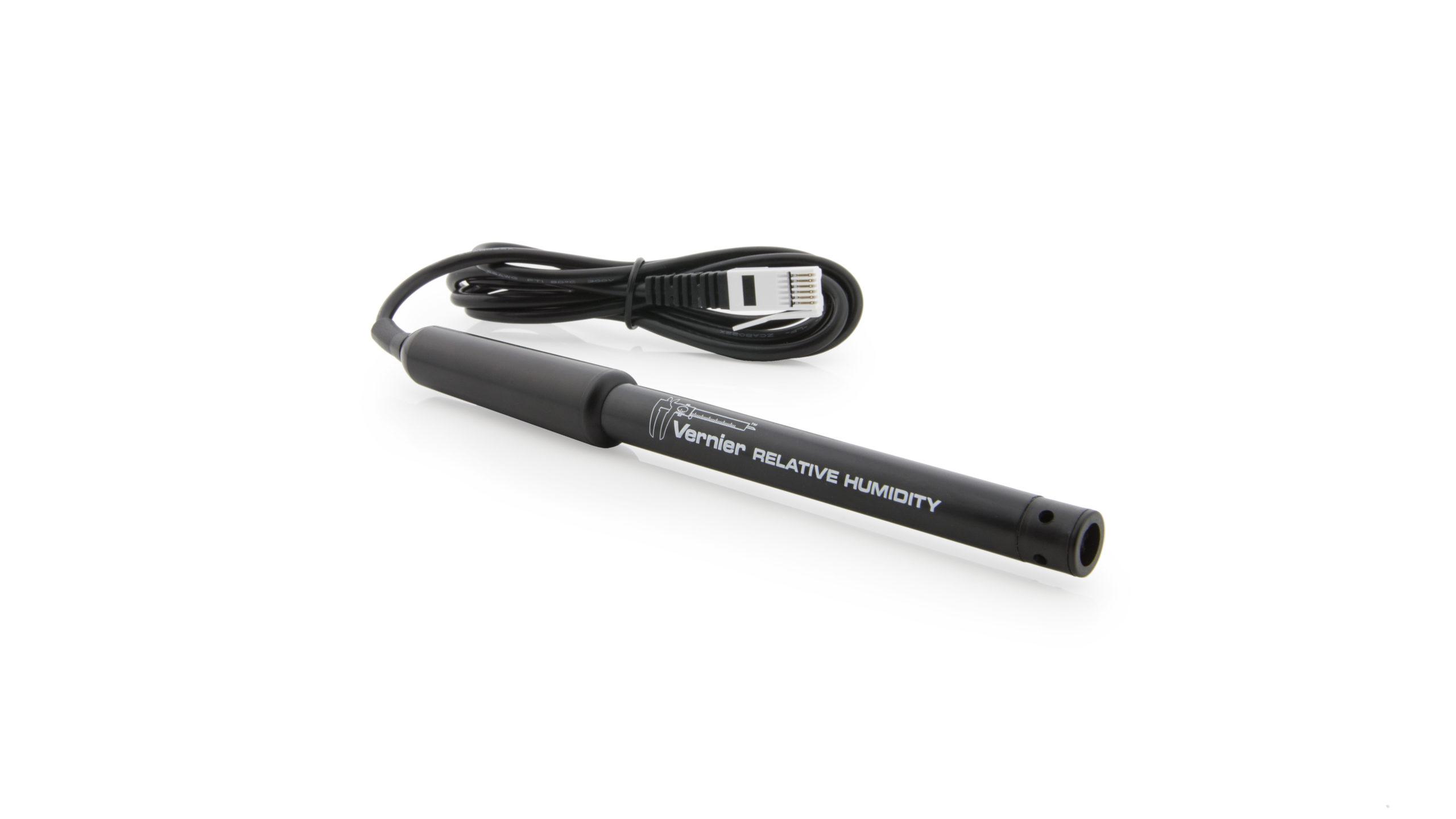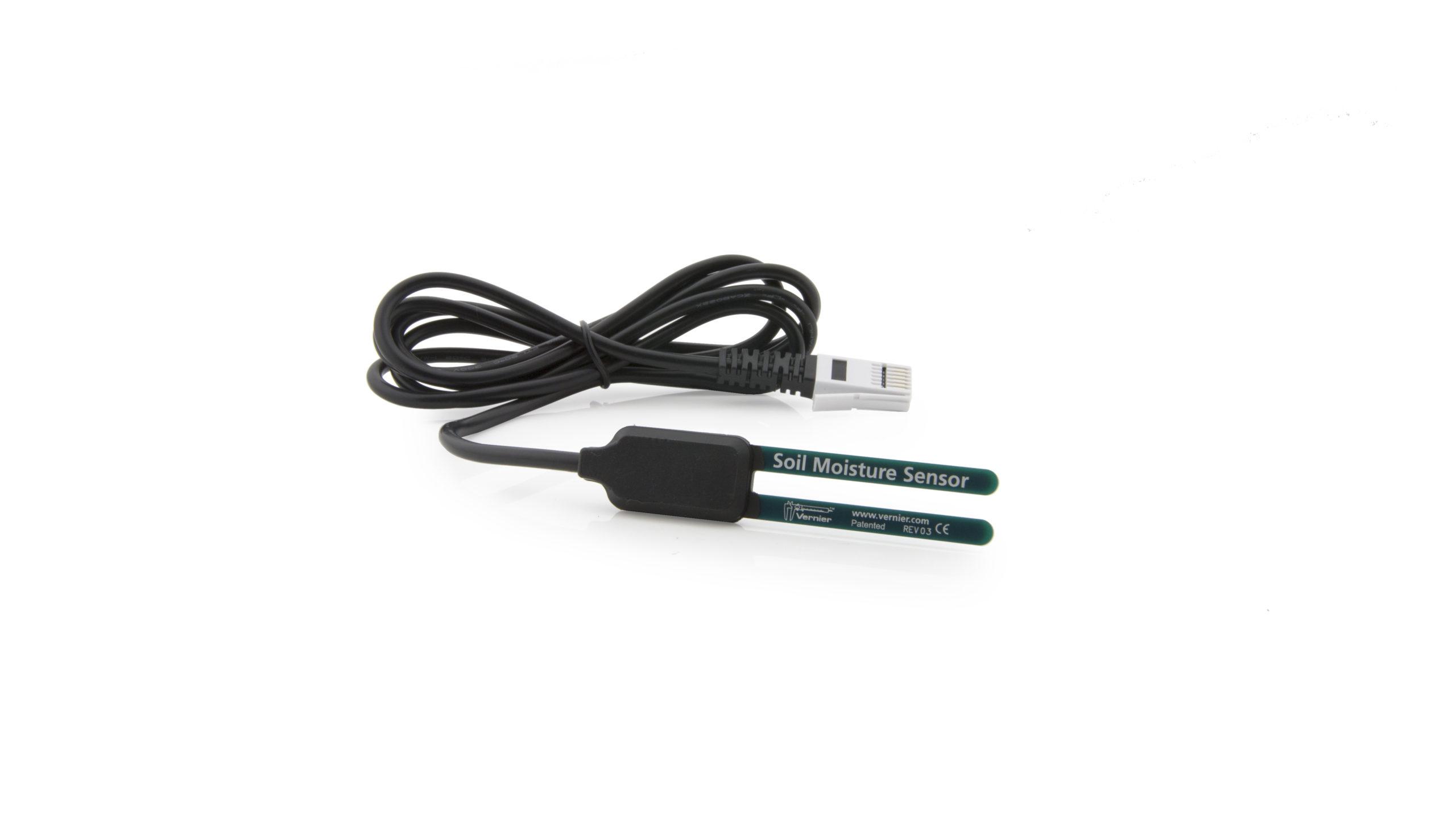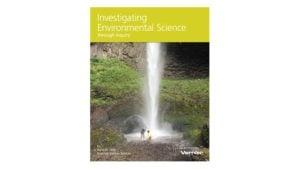Biodiversity in Ecosystems
Experiment #15 from Investigating Environmental Science through Inquiry
- Subject
- Environmental Science
Introduction
Biodiversity is critical in any self-sustaining environment. Complex and diverse ecological systems are made up of many organisms and a huge variety of interactions. Simple ecosystems have few organisms, few interactions, and are often fragile. All ecosystems, whether diverse or sparse, involve an intimate interaction of living things with their abiotic environment. Biodiversity implies variety, and variety in an ecosystem often ensures a greater chance of survival in a changing world.
The Earth is losing its biodiversity at a worrisome rate. Humans simplify ecosystems for many reasons: to increase the agricultural base, to make way for cities and industrial zones, or for aesthetic reasons, such as making lawns and gardens. This practice has direct effects upon many abiotic factors within an environment. The air temperatures found in cities, for instance, are usually significantly higher than that in surrounding, non-urbanized areas. Such cities are said to produce heat islands. An area’s biodiversity has profound effects upon the physical and biological makeup of an ecosystem.
In this experiment, you will learn how biodiversity affects an environment’s physical factors such as temperature, relative humidity, light, and soil temperature. You will learn how animal diversity varies in different environments, and, with your classmates, you will compare biodiversity in areas with different plant patch sizes.
Objectives
In the Preliminary Activity, you will learn techniques for determining diversity as well as techniques for measuring light.
After completing the Preliminary Activity, you will first use reference sources to find out more about biodiversity in ecosystems before you choose and investigate a researchable question.
Sensors and Equipment
This experiment features the following sensors and equipment. Additional equipment may be required.
Correlations
Teaching to an educational standard? This experiment supports the standards below.
- International Baccalaureate (IB)/Environmental Systems and Societies
- 2.5 Investigation ecosystems
Ready to Experiment?
Ask an Expert
Get answers to your questions about how to teach this experiment with our support team.
- Call toll-free: 888-837-6437
- Chat with Us
- Email support@vernier.com
Purchase the Lab Book
This experiment is #15 of Investigating Environmental Science through Inquiry. The experiment in the book includes student instructions as well as instructor information for set up, helpful hints, and sample graphs and data.






